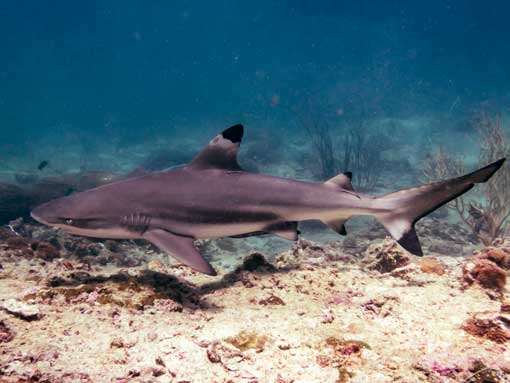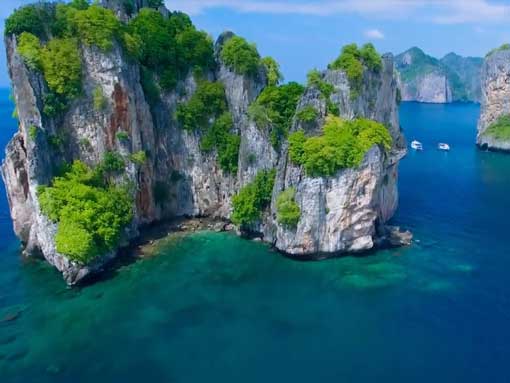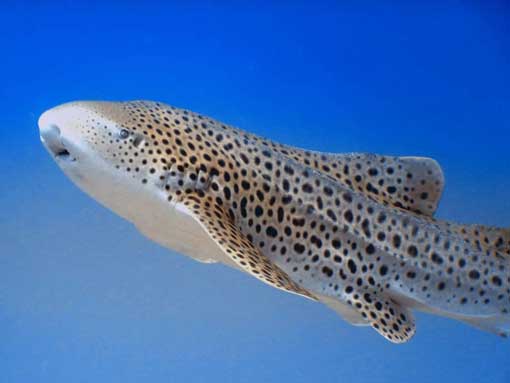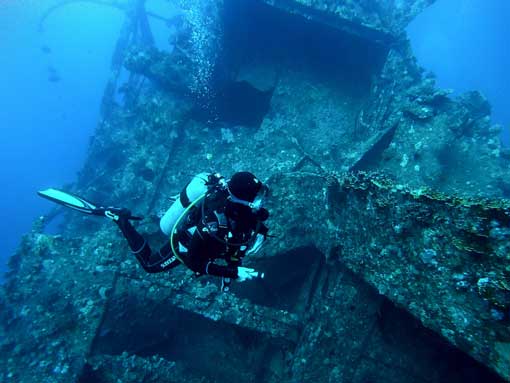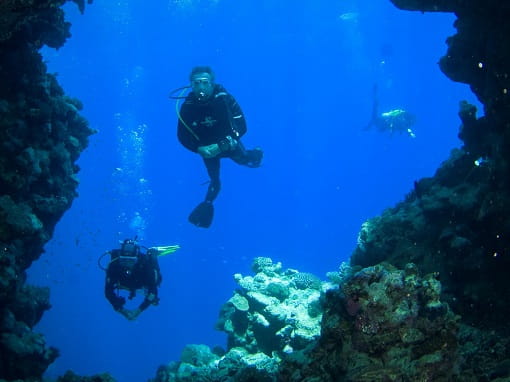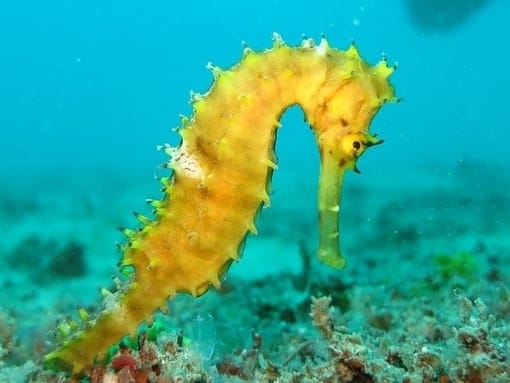Dive Sites of Krabi
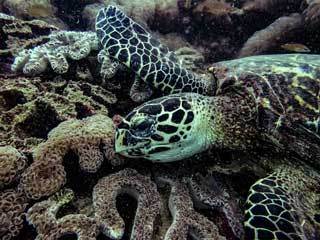
Koh Phi Phi
Phi Phi is our main dive destination, with around 20 dive sites that are suitable for divers of all levels and a wide variety of sea life.
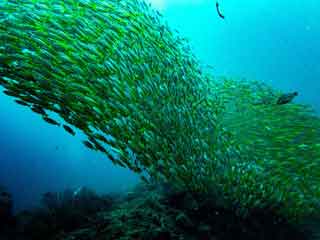
Bida Islands
Bida Nok and Bida Nai are two small islands immediately south of Koh Phi Phi, and are considered two of the best sites around Phi Phi.
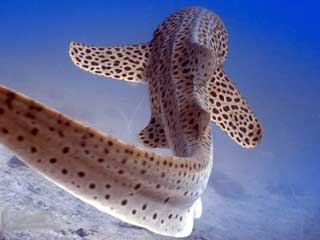
Shark Point (ASK Cluster)
Anemone Reef, Shark Point, and King Cruiser Wreck are three fantastic open-ocean sites grouped in a small cluster between Phuket and Koh Phi Phi.
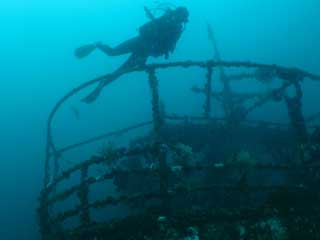
Wrecks
Advanced Divers can dive some deeper wrecks that have sunk in the area, serving as artificial reefs with loads of life.
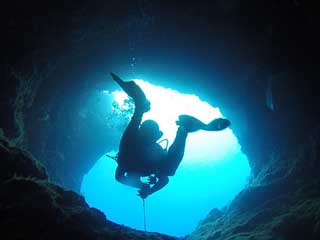
Koh Haa
A longer journey from Ao Nang, the various sites around Koh Haa (5 Islands) boast a large cavern and generally excellent visibility.
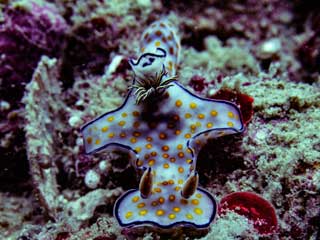
Ao Nang Local Islands
A short distance from mainland Krabi, the Ao Nang Local Islands are a small group of sites that feature good macro life.
